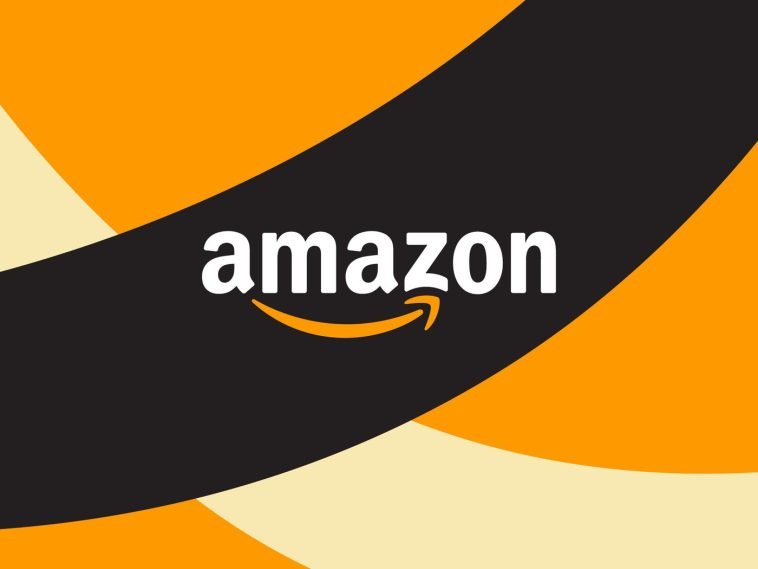Introduction.
Starting a dropshipping business through Amazon FBA (Fulfillment by Amazon) is becoming increasingly popular, and it’s easy to see why.
By merging the dropshipping model with Amazon’s FBA program, many entrepreneurs can create streamlined, profitable businesses without managing physical inventory.
But while the concept might sound simple, navigating Amazon’s systems and policies can be tricky if you’re new to it.
In this guide, I’ll break down everything you need to know about how to dropship with Amazon FBA, touching on the benefits, potential drawbacks, and some common questions people ask before diving in.
By the end, you’ll have a solid foundation to decide if this business model is right for you.
Why Consider Dropshipping with Amazon FBA?
Let’s start with a quick look at why so many people are interested in combining dropshipping with Amazon FBA. Essentially, dropshipping is a retail fulfillment method where you, the seller, don’t keep products in stock.
Instead, when a customer places an order, you buy the product from a third party, who ships it directly to the customer. This method means you don’t need a warehouse, reducing overhead costs and logistics stress.
However, there’s a downside: in traditional dropshipping, you often rely on suppliers outside of your control, and managing shipping times and quality control can be challenging.
That’s where Amazon FBA comes in. Amazon FBA allows you to store your products in Amazon’s fulfillment centers, where Amazon will pick, pack, and ship orders for you.
By combining these two models, you can make use of Amazon’s infrastructure while still keeping a light, agile business model.
Benefits of Dropshipping with Amazon FBA
Here are some key reasons why combining dropshipping with Amazon FBA can be a game-changer:
- Access to Amazon’s Massive Customer Base: Amazon attracts millions of customers daily, which means your products have the potential to reach a wide audience. Amazon FBA products also get the added benefit of Amazon Prime, which can help drive even more sales.
- Reduced Shipping and Handling Hassles: With Amazon FBA, you don’t need to handle the logistics of shipping. Amazon’s sophisticated fulfillment system will manage this for you, which can make your business more scalable.
- Customer Service Support: One of the great things about using FBA is that Amazon also handles customer service and returns, allowing you to focus more on scaling your business and less on customer support tasks.
- Potential for Higher Profits: Amazon FBA often leads to higher product prices than traditional dropshipping since customers are willing to pay more for Prime delivery and trust in Amazon’s brand.
Potential Downsides of Dropshipping with Amazon FBA
While the pros are impressive, it’s important to consider some of the potential downsides of dropshipping with Amazon FBA:
- FBA Fees: Amazon FBA comes with various fees, including storage, handling, and fulfillment fees, which can eat into your profits if not carefully managed. Make sure you calculate your expected profit margins after considering these fees.
- Amazon’s Policies: Amazon has strict guidelines for dropshipping and requires you to identify yourself as the seller, not your dropshipping supplier. Violating these policies can lead to account suspension, so it’s essential to fully understand and follow Amazon’s rules.
- Inventory Management: Since you’re working with a third-party supplier, you may face challenges in keeping your products consistently in stock in Amazon’s warehouses. Running out of stock too often can hurt your seller metrics on Amazon.
- Competition: Amazon’s platform is competitive, with thousands of sellers offering similar products. Standing out requires thorough research, a good product selection, and strategic pricing.
How Do I Get Started with Dropshipping on Amazon FBA?
Let’s dive into the practical steps for setting up a dropshipping business with Amazon FBA:
1. Product Research
Start by choosing products that have demand but aren’t overly competitive. Tools like Jungle Scout, AMZScout, and Helium 10 can help you identify products with good profit margins and steady demand.
2. Find a Reliable Supplier
You’ll need to find a supplier that allows dropshipping and is reliable in terms of quality and delivery times. Alibaba, AliExpress, and Oberlo are popular platforms for finding suppliers, though working with local suppliers can sometimes help speed up delivery.
3. Create Your Amazon Seller Account
Sign up for an Amazon Seller Central account. You’ll have the option to select an Individual or Professional plan, but if you’re serious about scaling, the Professional plan usually offers more tools and reduced fees per sale.
4. Send Inventory to Amazon FBA
Once you’ve found your supplier and chosen your products, work with your supplier to ship inventory directly to Amazon’s fulfillment centers. Amazon FBA will handle the rest once the inventory is stored.
5. Optimize Your Product Listings
Good product listings are key to selling on Amazon. Make sure your listings have high-quality images, accurate product descriptions, relevant keywords, and competitive prices. Tools like Amazon’s A/B testing for listings can help you find what works best for your products.
6. Launch and Promote Your Products
Use Amazon’s Sponsored Ads to promote your products and gain initial visibility. Running promotions and obtaining early customer reviews can also help boost your listings in Amazon’s rankings.
7. Monitor and Scale
Track your sales, customer feedback, and inventory levels. Adjust your pricing and advertising strategies based on performance, and as you see success, consider expanding your product line.
Frequently Asked Questions (FAQ)
Q: Is it legal to dropship on Amazon?
Yes, dropshipping is allowed on Amazon as long as you are the “seller of record” for your products and comply with Amazon’s policies.
That means you must clearly identify yourself as the seller on all packaging and invoices, rather than the third-party supplier.
Q: What fees are involved with Amazon FBA?
Amazon FBA fees include storage fees (which depend on the size and duration of inventory in Amazon’s warehouse) and fulfillment fees (which cover picking, packing, and shipping). There may also be additional fees for oversized products or long-term storage.
Q: How can I make my products stand out among competitors?
To stand out, focus on choosing unique, in-demand products and optimizing your listings with relevant keywords, quality photos, and clear descriptions. Offering excellent customer service and quick response times can also improve your seller ratings.
Q: How much capital do I need to start?
The startup costs vary but typically include your initial inventory, Amazon FBA fees, and marketing expenses. Many successful FBA sellers suggest starting with at least $1,000 to $2,000, but this can vary widely based on your product choices.
Q: Can I use the same product images my supplier provides?
While it may be tempting to use supplier images, creating unique, high-quality photos can help your listings stand out. If using supplier photos, consider enhancing them or adding a personal touch to align with Amazon’s image quality standards.
Q: What happens if my inventory runs out?
When your stock runs out, your product listing will temporarily become unavailable. Amazon can notify you when inventory is low, but it’s essential to monitor stock levels closely to avoid losing sales or ranking positions.
Wrapping Up
Dropshipping with Amazon FBA offers an exciting way to start a business with relatively low overhead while taking advantage of Amazon’s vast customer base and fulfillment capabilities.
While there are fees and rules to be mindful of, the potential for a scalable and profitable business is there if you’re willing to put in the work.
So, if you’re ready to try dropshipping with Amazon FBA, here’s a question to consider: What’s the first product you’re thinking of selling?





GIPHY App Key not set. Please check settings